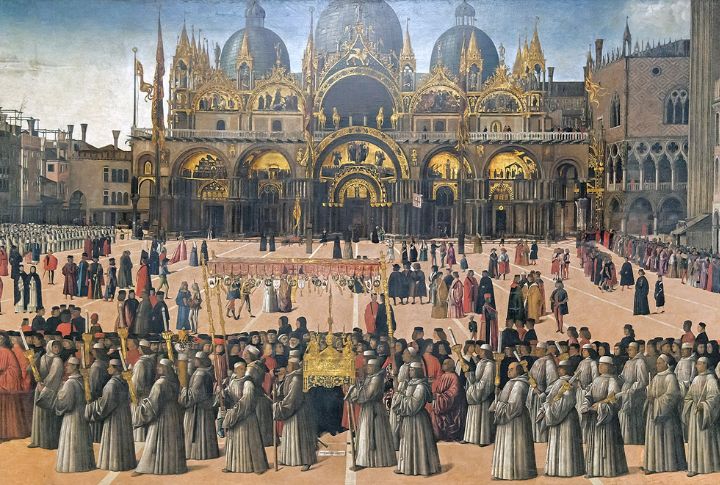
During the Renaissance, rules didn’t confine the visionaries. They expressed what they felt and shaped worlds from pure imagination. Their bold creativity still stirs our thoughts, often in the best ways. Through fearless innovation, these artists laid the foundation for cultural shifts. Let’s revisit their history.
Jan Van Eyck

Jan van Eyck, a Flemish master of the early 15th century, revolutionized Northern Renaissance art with his pioneering use of oil paint. Works like “The Arnolfini Portrait” and “The Ghent Altarpiece” showcase his realism, rich layers of color, intricate symbolism, and a masterful play of light and texture.
Fra Angelico

With luminous color and graceful composition, Fra Angelico, a Dominican friar and early Renaissance painter, brought serenity and spiritual depth to his art. His San Marco frescoes, especially “The Annunciation,” radiate devotion, while “The Coronation of the Virgin” reveals divine majesty through intricate detail. His gentle yet powerful vision bridges Gothic and Renaissance styles.
Leonardo Da Vinci
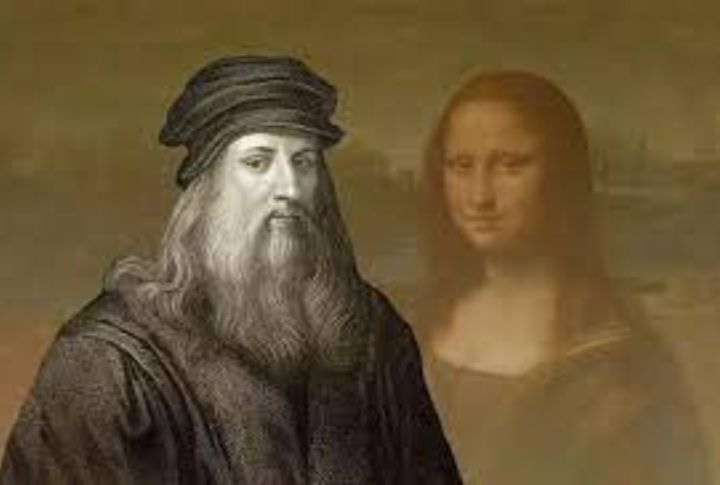
A Renaissance master, da Vinci united art and science like no other. “The Last Supper” and “Mona Lisa” are prime examples of this connection. Moreover, the “Vitruvian Man” illustrates his study of the human form, while his notebooks showcase groundbreaking work in engineering and anatomy.
Giotto
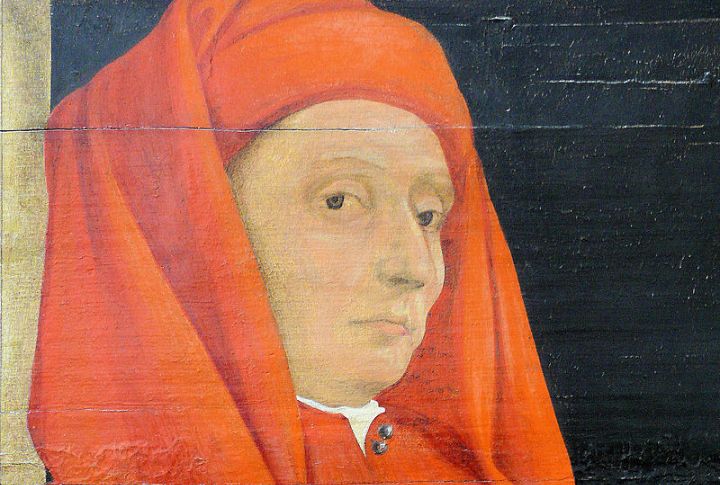
Giotto di Bondone transformed 13th–14th-century art by infusing religious scenes with realism and emotional depth, breaking away from medieval stylization. His Arena Chapel frescoes, particularly “The Lamentation,” brought figures to life through movement and expression.
Titian
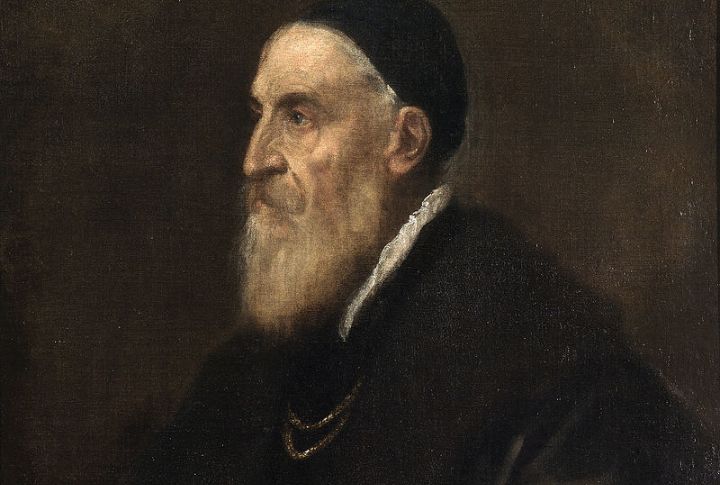
“Assumption of the Virgin” and “Venus of Urbino” showcase Titian’s mastery of color and the human form, while later works like “The Flaying of Marsyas” reveal deeper emotional intensity. He shaped European painting and defined the Venetian Renaissance through evolving style and technique.
Michelangelo
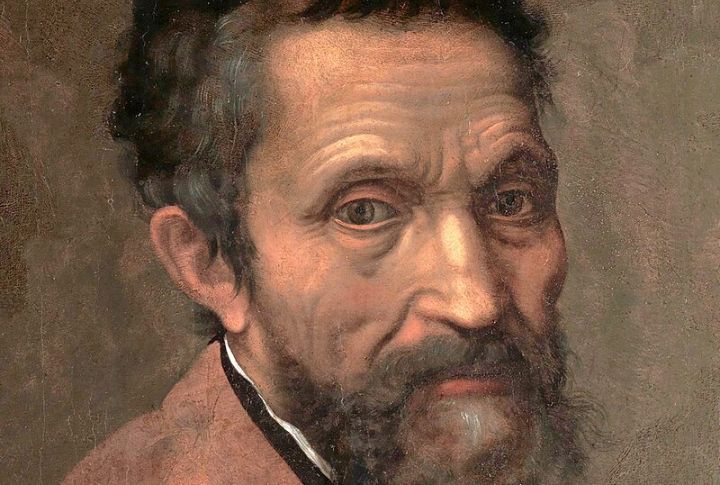
With the “Pieta” and “David,” Michelangelo captured raw emotion and strength in marble and shocked his audience early in his career. He redefined fresco painting with the Sistine Chapel Ceiling and Last Judgment, combining beauty and divine power and influencing the course of Western art.
Luca Signorelli
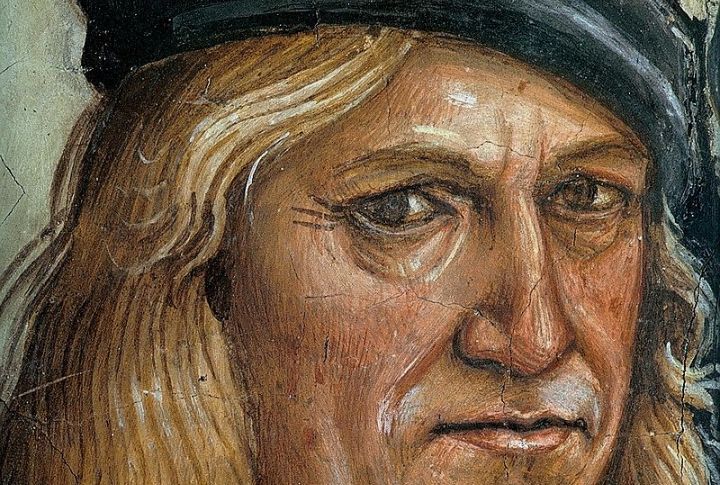
Luca Signorelli’s art pulses with energy, urgency, and raw emotion. A Renaissance master of anatomy and motion, he brought muscular figures to life in dramatic poses, especially in his “Last Judgment” frescoes in Orvieto Cathedral. These scenes of chaos and salvation, vivid and intense, left a lasting mark on Michelangelo.
El Greco
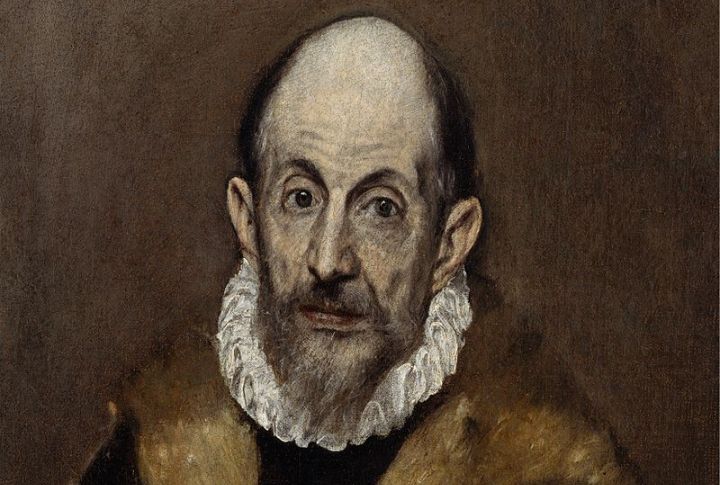
He merged Byzantine roots with Renaissance training and developed a bold style marked by elongated figures and spiritual intensity. His visionary approach was revealed through works like “The Burial of the Count of Orgaz” and “View of Toledo,” which later influenced Picasso and inspired Expressionist movements.
Andrea Mantegna
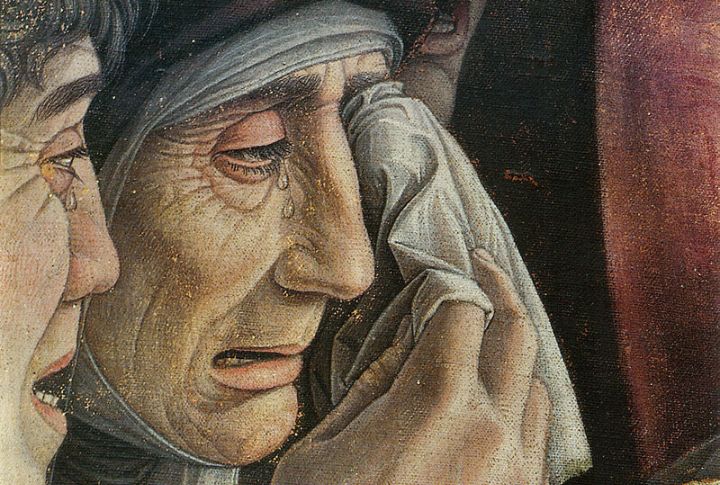
Sculptural depth and perspective transformed Andrea Mantegna’s approach to painting. He merged classical themes with architectural precision. In “Lamentation over the Dead Christ,” dramatic foreshortening fascinates viewers, while the “Camera degli Sposi” frescoes play with illusion. His style set a standard that inspired artists like Raphael.
Raphael
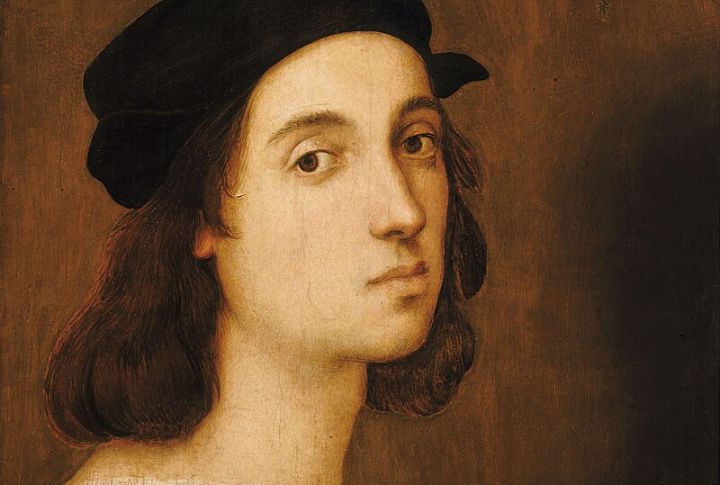
Raphael brought elegance, clarity, and grace into Renaissance painting. From the impressive “School of Athens” to the serene “Sistine Madonna,” his works captured ideal beauty and emotional depth. Though his life was brief, his influence shaped generations of artists in both the Renaissance and Baroque eras
Fra Filippo Lippi
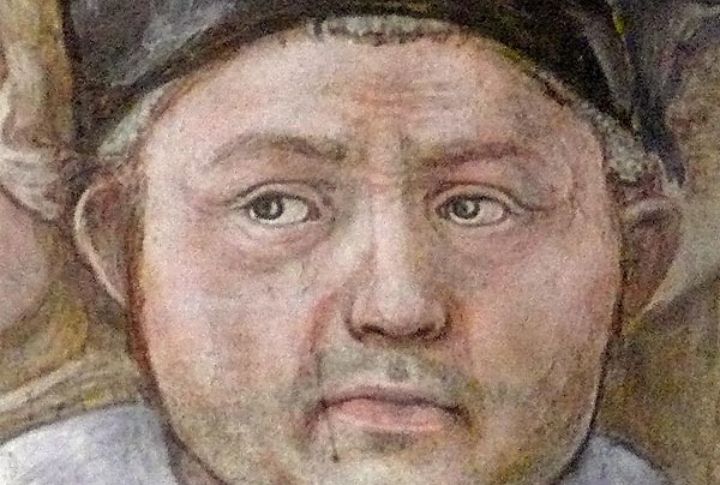
He is a 15th-century Florentine painter who brought warmth and intimacy to religious art. His work, “Madonna and Child with Two Angels,” charms with its tender realism, while his Prato Cathedral frescoes glow with life. Blending sacred themes with human emotion, Lippi paved the way for Renaissance artists like Botticelli
Giorgione
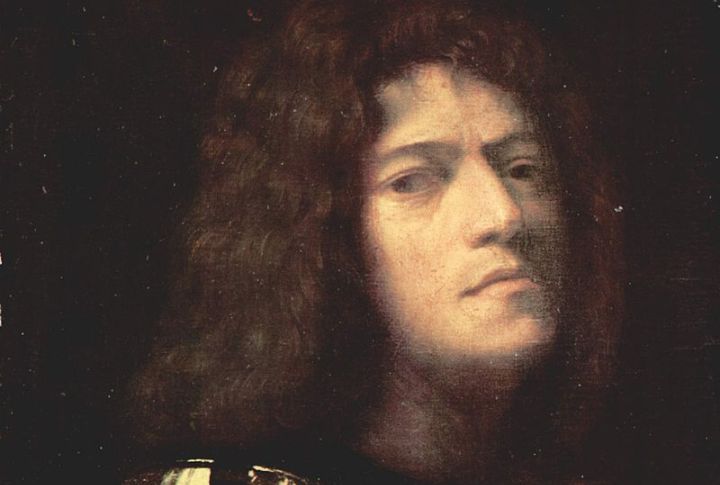
Masterpieces like “The Tempest” and “Sleeping Venus” reveal the poetic interplay of light and terrain that defined Giorgione’s artistic vision. As a seminal figure who was emerging in the Venetian Renaissance, he laid the groundwork for Venetian colorism, profoundly shaping the techniques of artists such as Titian.
Piero Della Francesca

Calm precision and geometric clarity define the art of Piero della Francesca, a 15th-century Italian painter and mathematician. Masterpieces like “The Baptism of Christ” and “The Flagellation of Christ” showcase his command of perspective, and the “True Cross” merges structured composition with a compelling narrative.
Masaccio
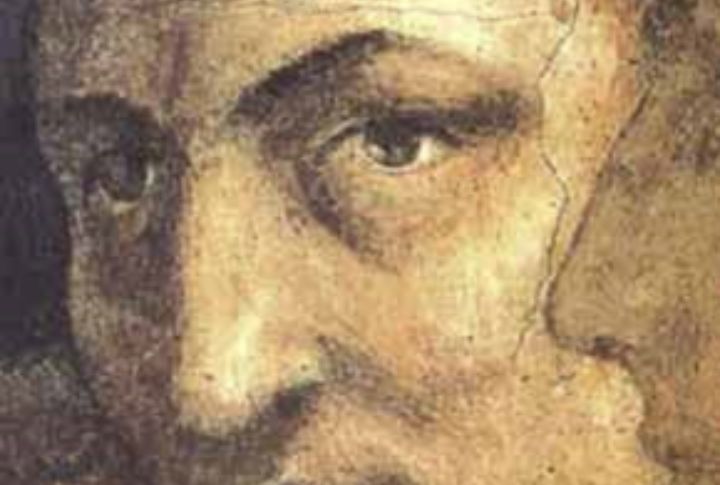
This early 15th-century Florentine painter revolutionized Renaissance art with his use of linear perspective and naturalism. His Brancacci Chapel art, especially “The Tribute Money” and “Expulsion from the Garden of Eden,” brought emotional depth and realism to the painting.
Paolo Uccello
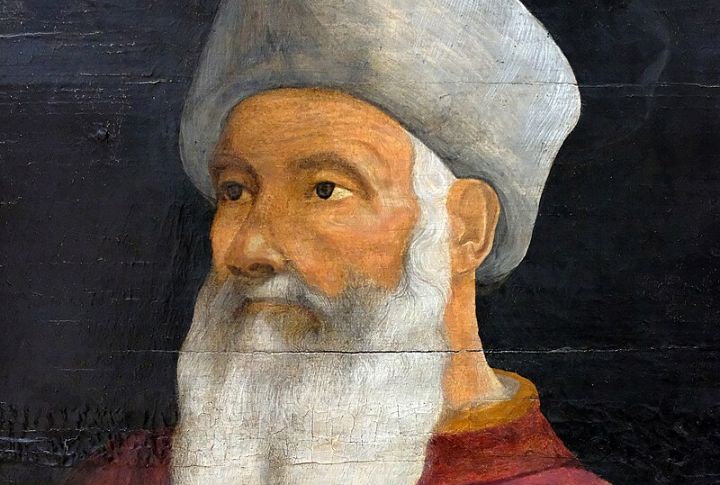
The “Battle of San Romano” commands attention with its striking composition, each figure strategically positioned to amplify depth. Uccello’s use of geometric precision injects spatial drama, which sets him apart from his contemporaries. His perspective techniques helped future artists explore dynamic, depth-focused visual storytelling.
Hieronymus Bosch
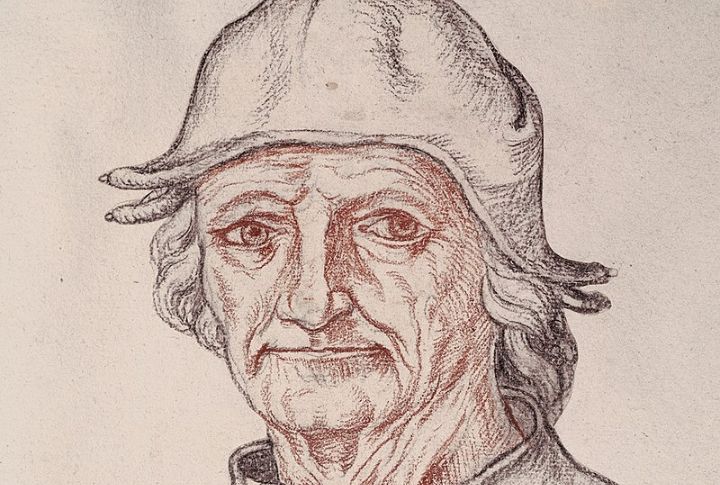
This late 15th-century Dutch painter is famous for his symbolic imagery exploring sin and human folly. Paintings including “The Haywain Triptych” and “The Garden of Earthly Delights” vividly reveal his fusion of religious ideas and dreamlike visions.
Hans Holbein The Younger
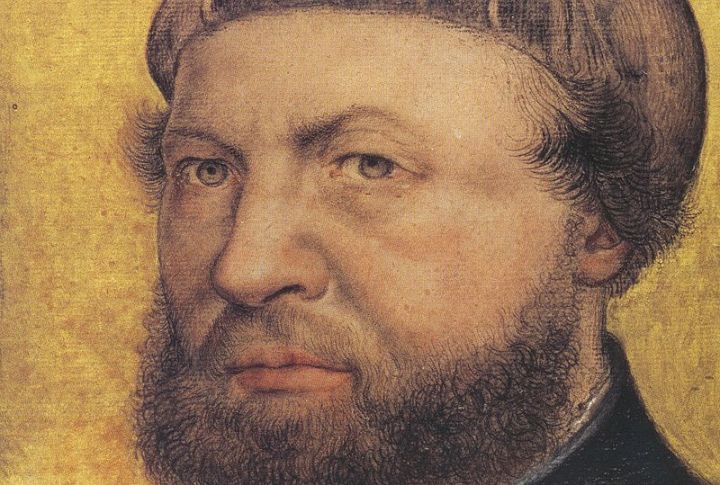
Realism and symbolism converged in the portraits of Hans Holbein the Younger, a German-Swiss master who captured power and intrigue with meticulous detail. Serving as court painter to Henry VIII, he redefined Tudor portraiture, as seen in “The Ambassadors” (1533), where hidden messages, including a distorted skull, conveyed deeper meaning.
Gentile Bellini
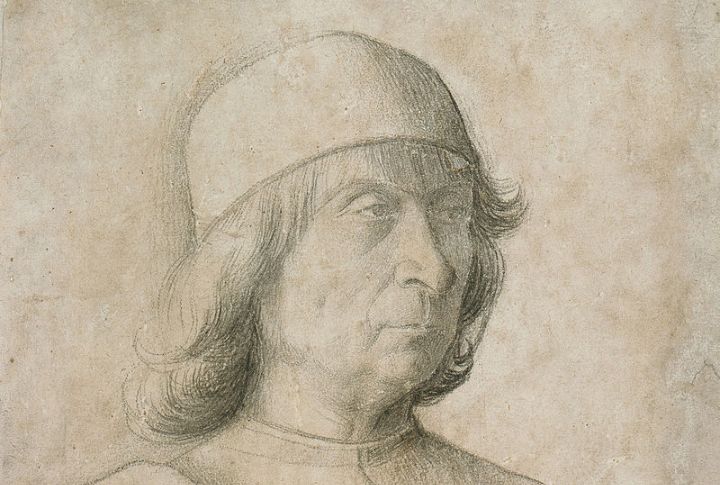
In Bellini’s hands, public life became art. His detailed storytelling in works like “Procession in St. Mark’s Square” celebrated Venetian traditions, architecture, and religious rituals. These grand compositions didn’t just preserve moments—they built cultural bridges between East and West through color and narrative depth.
Albrecht Durer
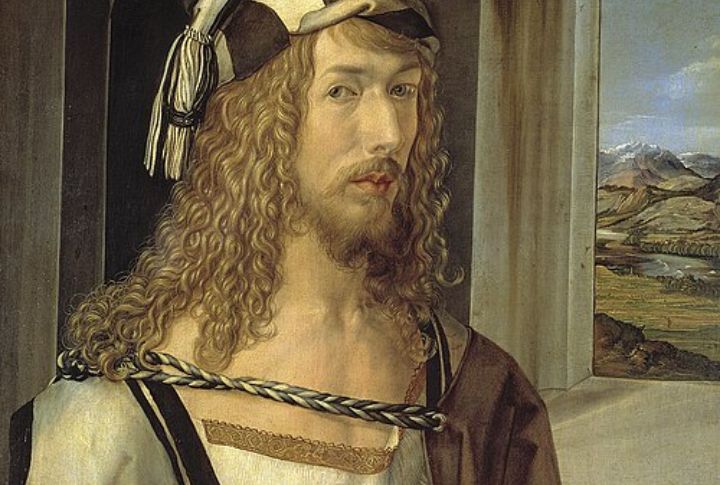
Within the silence of suspended thought, “Melencolia I” presents a mind tangled in its own tools. The figure slumps, but the craft is razor-sharp. Durer layered philosophy into every carved line, merging visionary technique with an emotional weight that echoed across centuries of European artistic exploration and innovation.
Sandro Botticelli
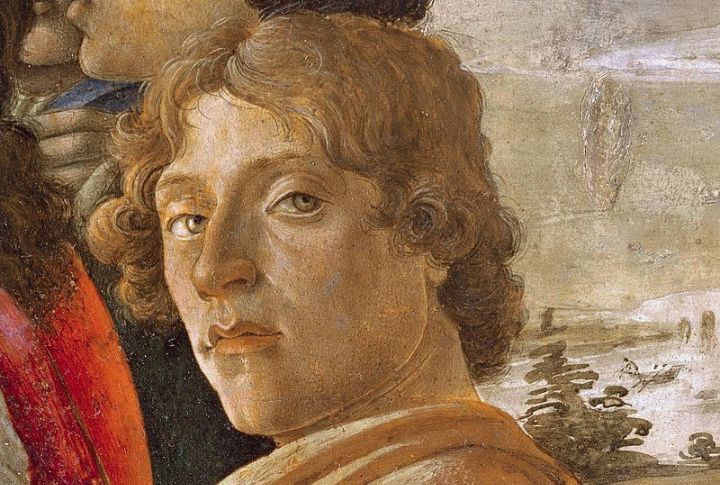
A master of the Italian Renaissance, Sandro Botticelli blended grace and emotion in mythological and religious art. “The Birth of Venus” and “Primavera” show lyrical beauty and deeper meaning. His poetic style and elegant compositions have endured through time.

